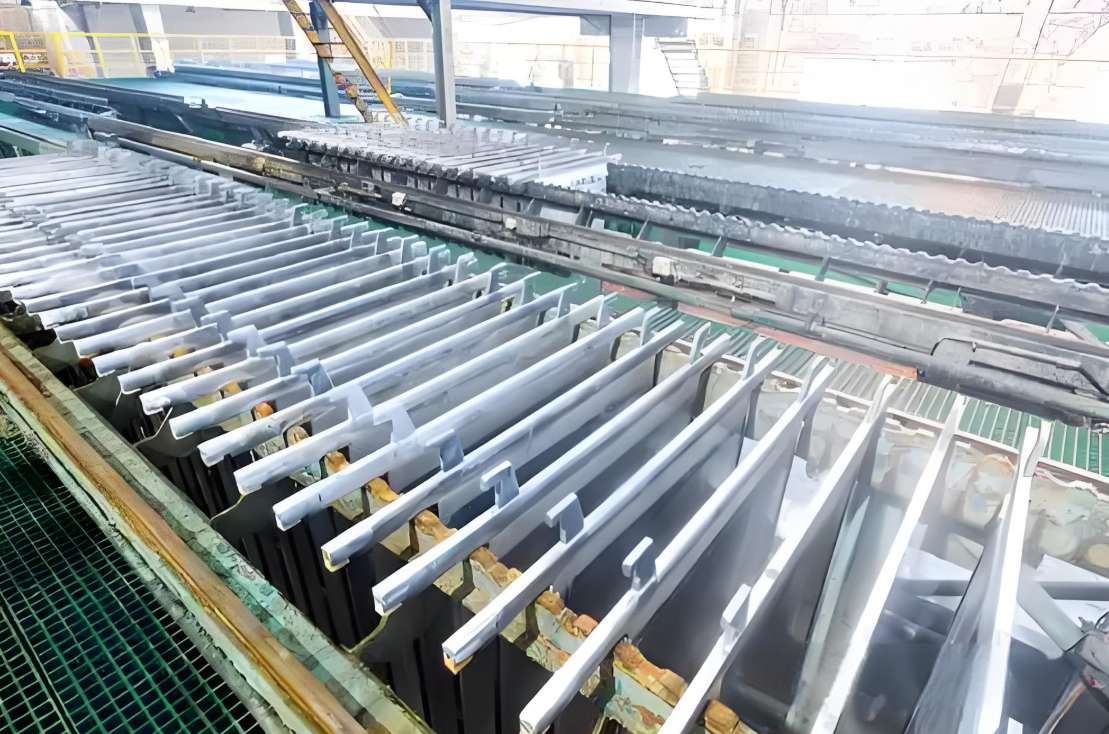NEWS&EVENTS
Home > News&Events > Company news > Exploration on the structural design of lead electrolysis cell and its influence on the operating efficiency of electrolyte system
In today's electrolysis industry, the lead electrolytic cell is the core equipment, and its structural design plays a vital role in the operating efficiency of the entire electrolyte system. The lead electrolytic cell not only undertakes the main task of the electrolytic reaction, but the rationality of its design also directly affects the flow of the electrolyte, temperature control, concentration uniformity and the convenience of system maintenance. Therefore, in-depth discussion of the impact of the structural design of the lead electrolytic cell on the operating efficiency of the electrolyte system is of great significance for optimizing the electrolysis process, improving production efficiency and reducing energy consumption.

1. The impact of the electrolytic cell structural design on the electrolyte flow
The shape and size of the cell are key factors. Reasonable cell design can ensure uniform distribution of the electrolyte, reduce dead corners and eddy currents, and improve utilization and electrolysis efficiency. The width, depth and length of the cell body need to be carefully designed according to the electrolysis requirements and reaction conditions to ensure smooth flow and full reaction of the electrolyte.
The electrode layout is equally important. An optimized electrode layout can improve the flow path of the electrolyte, reduce resistance and improve efficiency. The spacing, number and arrangement of electrodes should be reasonably configured according to the capacity and current density of the electrolytic cell to ensure uniform and efficient electrolytic reaction.
2. The influence of electrolytic cell structure design on electrolyte temperature control
An effective heat exchange system is the key to controlling the electrolyte temperature. Appropriate temperature can improve electrolysis efficiency and reduce energy consumption. The heat exchange system should include heating or cooling devices, as well as temperature monitoring and control equipment.
The thermal insulation performance of the cell body is also crucial. Good thermal insulation can reduce heat loss and improve heat exchange efficiency. The material and structural design of the cell body must have good thermal insulation performance to reduce the impact of the external environment on the electrolyte temperature.
3. The influence of electrolytic cell structure design on electrolyte concentration control
The cell body design should ensure uniform electrolyte concentration and avoid reaction unevenness. This can be achieved through reasonable cell body shape, electrode layout and stirring device design. At the same time, a concentration adjustment system should be equipped to adjust the concentration according to the reaction requirements, including a feeding device, a circulation pump and a concentration monitoring sensor.
IV. The impact of electrolytic cell structural design on electrolyte system maintenance
The cell design should be easy to clean and maintain to improve system stability and reliability. The material and surface treatment should have good corrosion resistance to extend service life.
In summary, the structural design of the lead electrolytic cell has a significant impact on the operating efficiency of the electrolyte system in many aspects. Reasonable structural design can improve electrolysis efficiency, reduce energy consumption, ensure stable operation of the system, and provide strong support for electrolytic production.